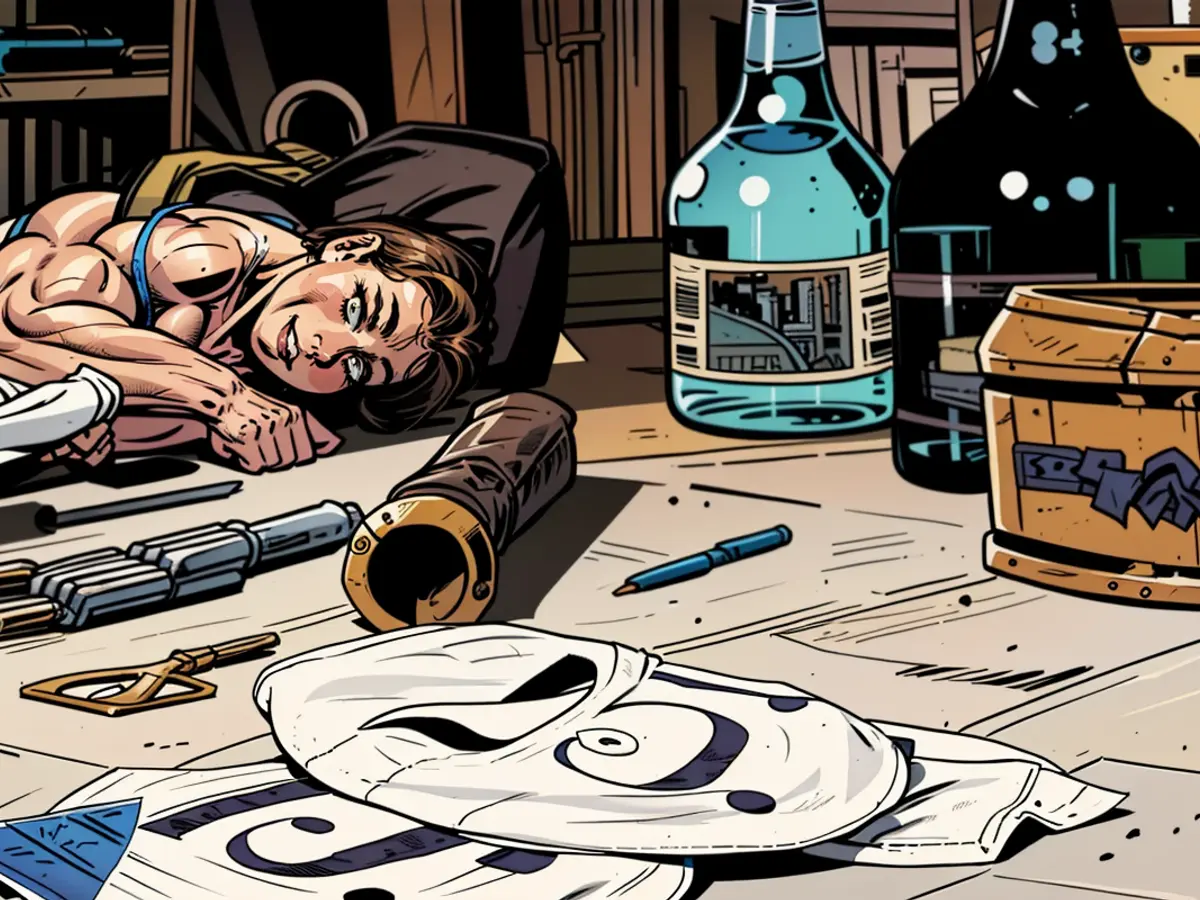- Uncovered remnants of historical structures on the former Robotron location.
Researchers have unearthed remnants of historical structures on the outskirts of Dresden's central area, once housing the DDR's Robotron computer factory. So far, they've discovered filled-in cellars from the 19th century, and are currently excavating items such as porcelain, glass, and utilitarian ceramics from the 18th and 19th centuries.
As per Christoph Heiermann from the State Archaeology Office, some of the discoveries include glass artifacts that were distorted due to the intense heat from the firestorm that swept over Dresden following its bombing on February 13, 1945. Post the initial cleanup, the archaeologists are now delving deeper into the investigation. They suspect there might be remnants of older buildings on the site as well.
Historically, this area was on the periphery, characterized by agricultural use and small structures. As Heiermann elaborated, wealthy families started building small palaces with gardens in the 18th century. However, these were demolished during the Seven Years' War (1756-1763). The neighborhood that emerged in the 19th century met its end at the close of World War II.
The Archaeology Office speculates that there could be even older relics buried beneath the soil. Heiermann shed light on pre-existing findings in the soil, such as 15th-century cellar pits and pottery fragments from the High Middle Ages. This, he added, suggests an even more ancient settlement in the area.
The dig has so far unearthed 525 artifacts, including 18th-century to 1945 citizen housing structures, four potential medieval/early modern cellar pits, and a floor plan of an early building, possibly abandoned around 1600. Additionally, there are cultural layers dating back to the High Middle Ages.
The team of nine archaeologists will continue to dig in the nearly 5,000 square meter unbuilt area until mid-November, following which a residential area with underground garages will be constructed, replacing the broken-down Robotron building, save for the historic staff canteen – a symbol of East Modernism.
The findings from the archaeological dig have provided evidence of the intense heat from the Dresden firestorm in 1945, as indicated by the distorted glass artifacts. Archaeology plays a crucial role in uncovering the history of a site, and in this case, the team has unearthed remnants dating back to the High Middle Ages, suggesting an ancient settlement.








